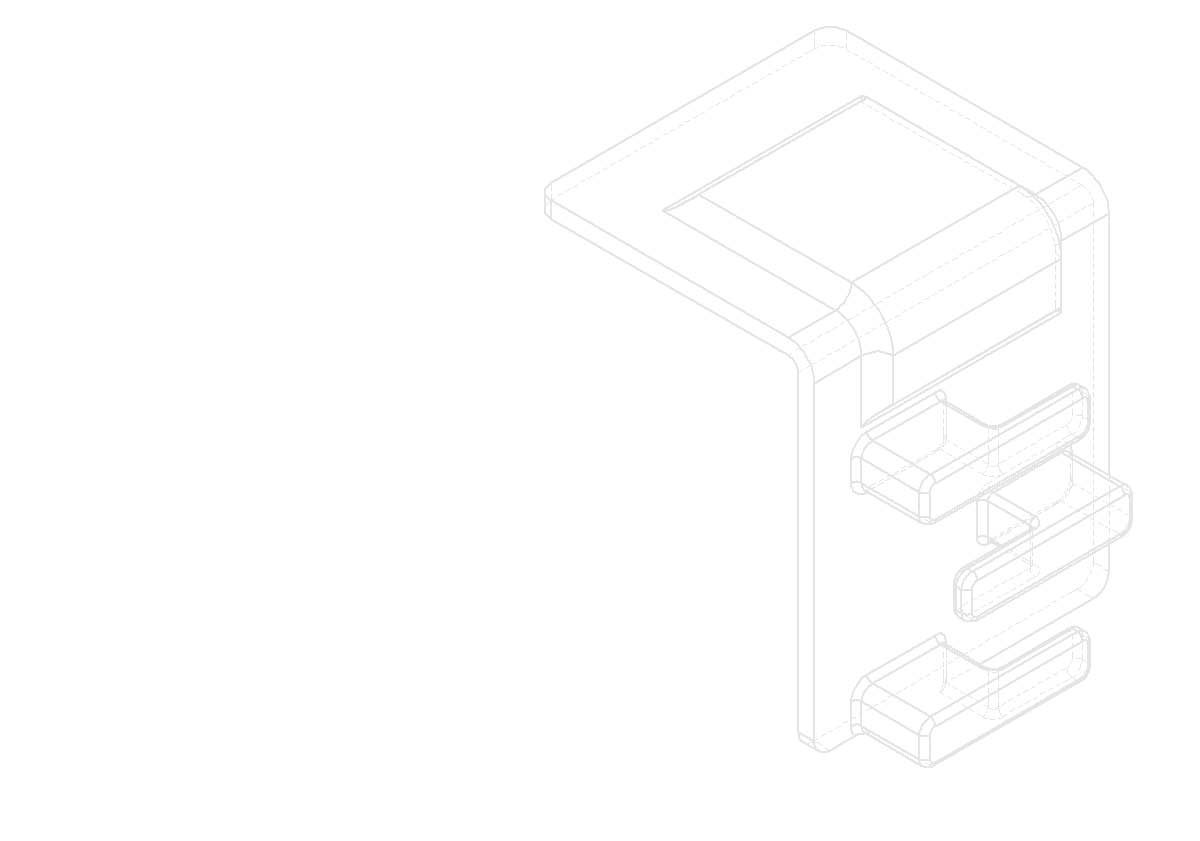When a project proposal is accepted the next stage begins with the generation of a Design and Development form.
A DDF takes the project proposal to a practical implementation of the project. It starts with a brain storming session to generate ideas and populate a project plan. Often several solutions are considered and the team will weigh the advantages and disadvantages of each proposal.
Our engineers then take our concepts and converts them into CAD drawings. These 3D models are then evaluated using Finite Element Analysis (FEA). The FEA results often illustrate design issues and if changes are warranted. The proposals are continuously evaluated and it is not uncommon for proposals to be modified or rejected due to undesirable FEA performance.
Once a proposal has satisfied our stringent FEA requirements the part is cleared for testing.
Pennsy has in house capabilities to rapidly prototype parts. We also have well established partners to turn out functional prototypes quickly in materials requiring unique expertise. Pennsy’s lab will often perform preliminary testing in a controlled environment before the prototype is allowed to see real life field testing. This control of design and testing, accompanied with rapid development cycle, offer advantages our competitors simply don’t have.
A successful prototype test will lead into full scale manufacturing or necessitate the redesign of the part. If the part needs to be redesigned the design process is started anew.

